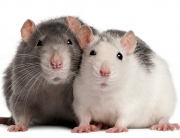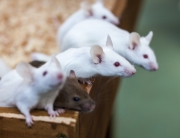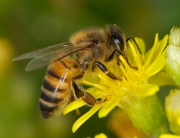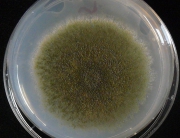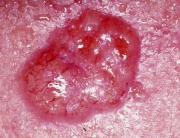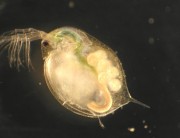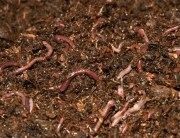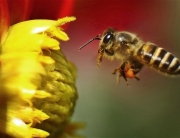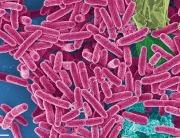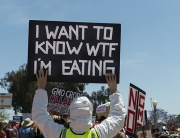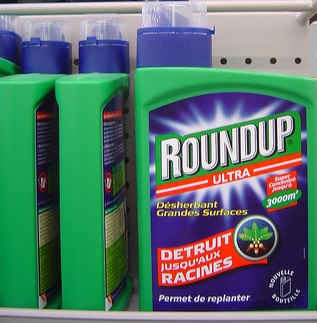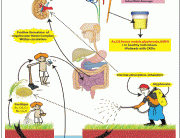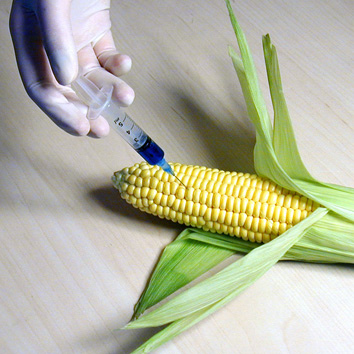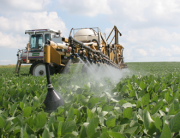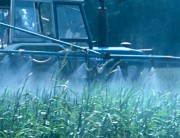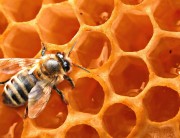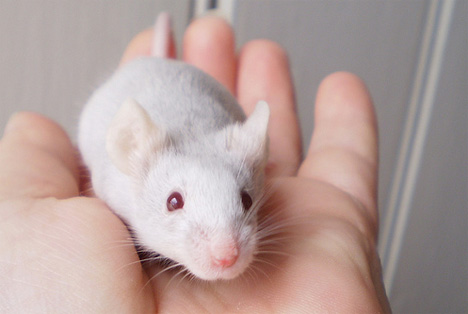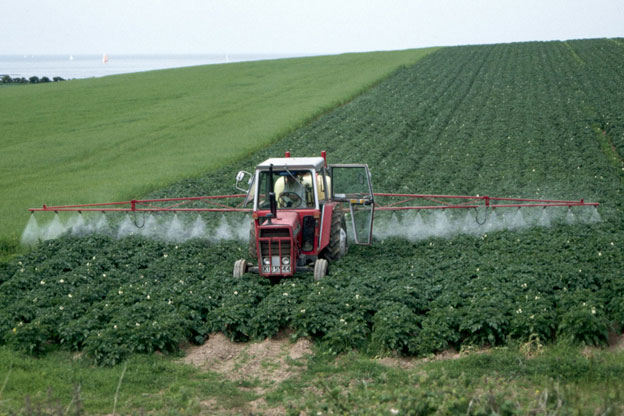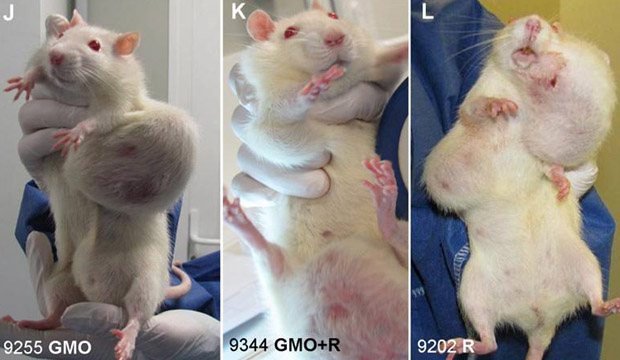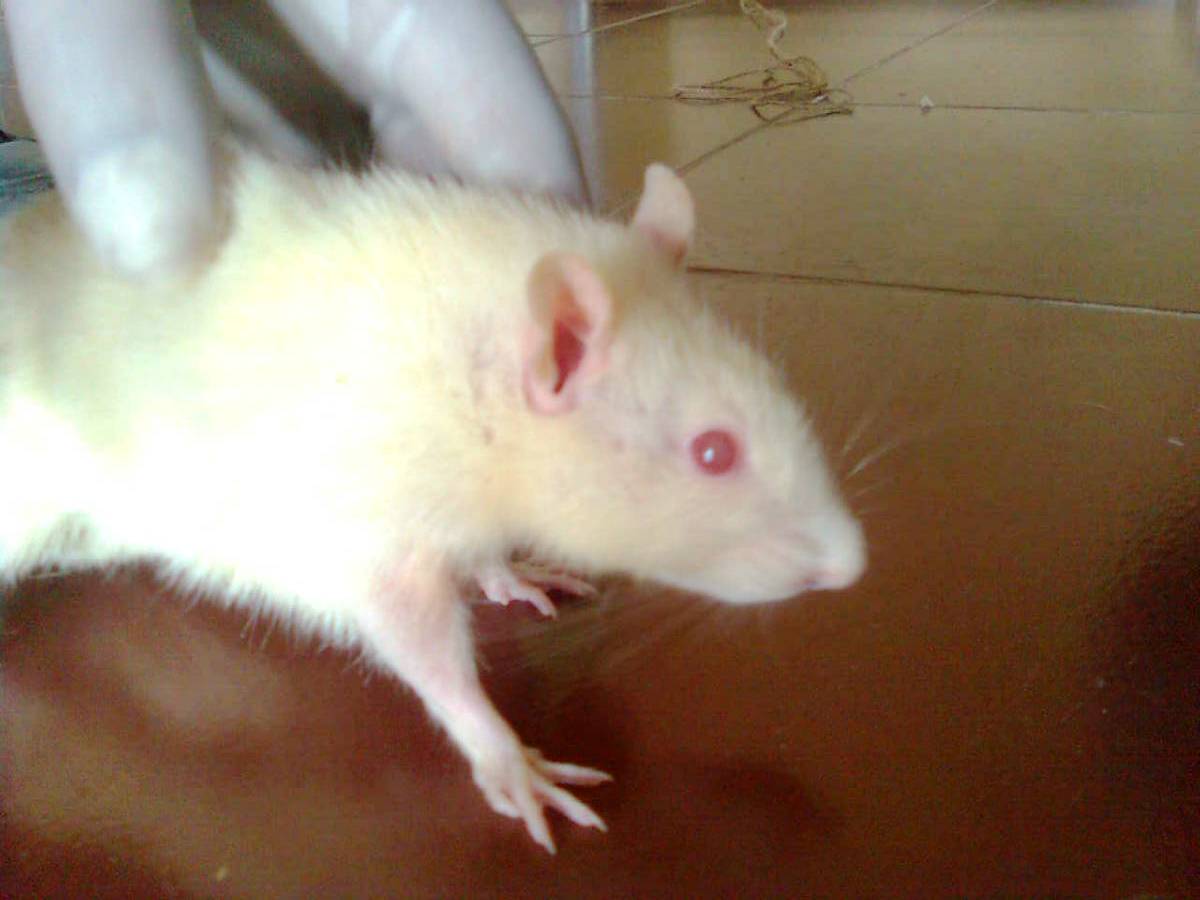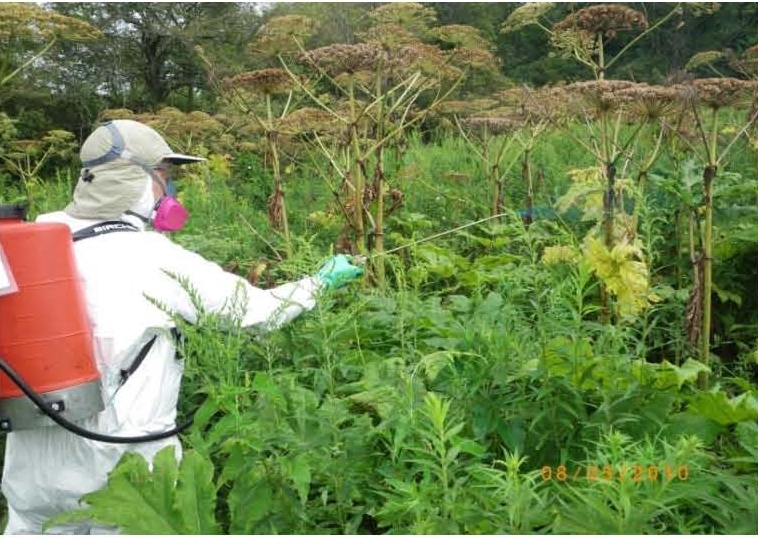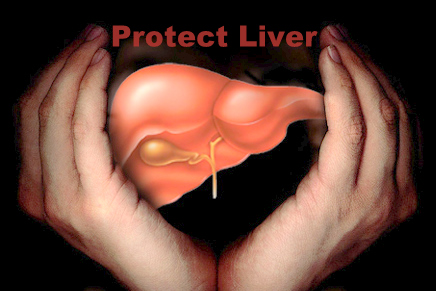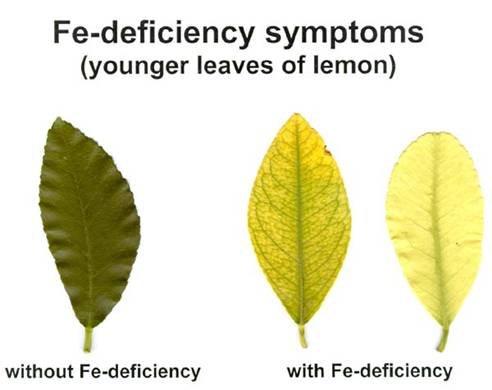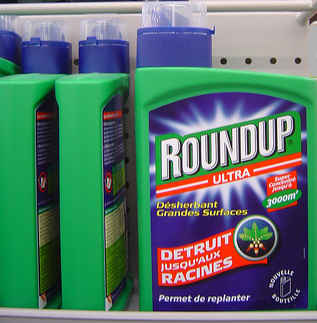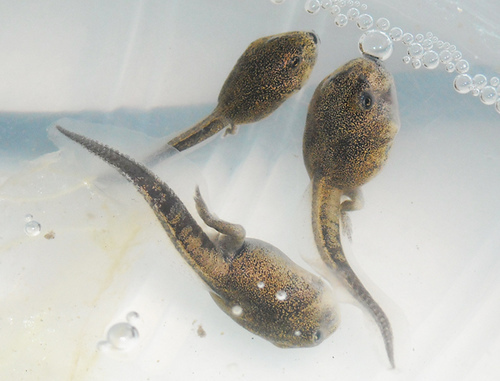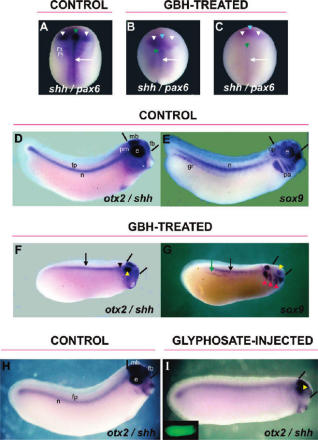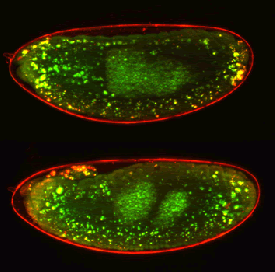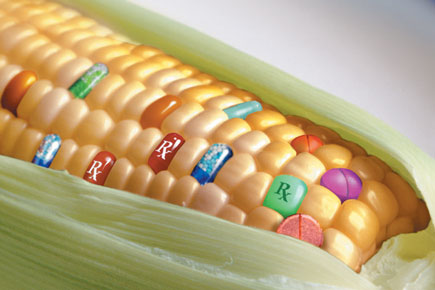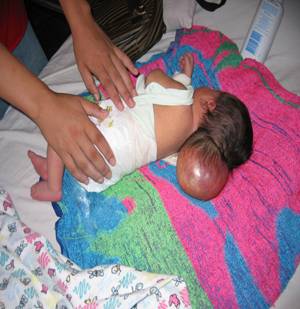A new peer-reviewed study has found DNA damage and elevated cell death of blood cells in soybean workers exposed to fungicides, herbicides, and insecticides in Brazil.
Glyphosate and 2,4-D were among the herbicides used by the exposed group. 2,4-D is increasingly used to combat glyphosate-resistant weeds in GM soybean fields.
Full Paper: www.sciencedirect.com
Genetic damage in soybean workers exposed to pesticides: Evaluation with the comet and buccal micronucleus cytome assays
Authors: Danieli Benedetti, Emilene Nunes, Merielen Sarmento, Carem Porto, Carla Eliete Iochims dos Santos, Johnny Ferraz Dias, Juliana da Silva
Abstract
Soybean cultivation is widespread in the State of Rio Grande do Sul (RS, Brazil), especially in the city of Espumoso. Soybean workers in this region are increasingly exposed to a wide combination of chemical agents present in formulations of fungicides, herbicides, and insecticides. In the present study, the comet assay in peripheral leukocytes and the buccal micronucleus (MN) cytome assay (BMCyt) in exfoliated buccal cells were used to assess the effects of exposures to pesticides in soybean farm workers from Espumoso. A total of 127 individuals, 81 exposed and 46 non-exposed controls, were evaluated. Comet assay and BMCyt (micronuclei and nuclear buds) data revealed DNA damage in soybean workers. Cell death was also observed (condensed chromatin, karyorhectic, and karyolitic cells). Inhibition of non-specific choline esterase (BchE) was not observed in the workers. The trace element contents of buccal samples were analyzed by Particle-Induced X-ray Emission (PIXE). Higher concentrations of Mg, Al, Si, P, S, and Cl were observed in cells from workers. No associations with use of personal protective equipment, gender, or mode of application of pesticides were observed. Our findings indicate the advisability of monitoring genetic toxicity in soybean farm workers exposed to pesticides.






